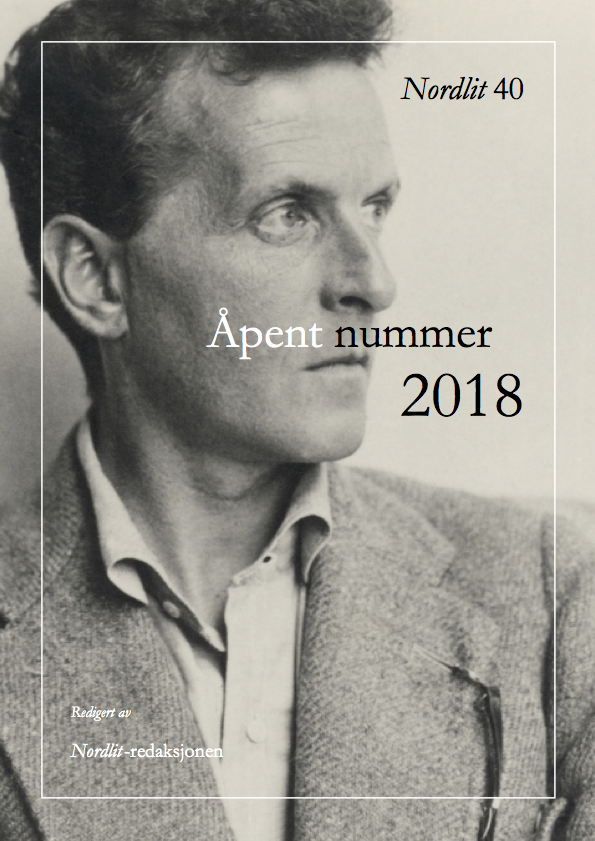The Problem with Biblical Motifs in Knut Hamsun’s Growth of the Soil
DOI:
https://doi.org/10.7557/13.4411Emneord (Nøkkelord):
Hamsun og bibelske motiver, Bakhtin, Samer, Hamsun and biblical motifs, SamíSammendrag
Religion does not play a major role in Norwegian Nobel laureate Knut Hamsun’s work. The one brilliant exception to this detached and seemingly cavalier attitude toward religion or, should I say, Christianity, is Hamsun’s masterpiece, Growth of the Soil (1917), which won him the Nobel Prize in literature in 1920. In this mythic novel, Hamsun draws upon a plethora of biblical motifs to create a heroic cosmogony that proposes an alternative to the rapid social and economic transformation under way in Norway in the second half of the nineteenth century and a vision of Norway founded on the cultivation of the land through hard labor and the populating of the earth.
Numerous critics have remarked on the Biblical allusions in the novel (e.g., Per Thomas Andersen, Nettum, Rottem, Storfjell, Øyslebo); however, only Rolf Steffensen and Andreas Lødemel have studied the role of religion in Growth of the Soil in any depth. I will expand upon their work to examine whether Biblical allusions are part of a rhetorical strategy that aims at a coherent worldview. Biblical motifs cleverly interspersed throughout the novel suggest that it is always gesturing toward a world outside its pages through a dialog with pre-existing texts, in this case the Bible, absorbing and transforming voices from culture and society, historical memory and national identity. I will reexamine not only the place of Christianity in this important novel but also the foundational myth that undergirds it, that is, the idea that Isak is the founder not so much of a new civilization as a biblical exemplum of a traditional way of life and old values based on the cultivation of the land.
That said, upon closer examination, Growth of the Soil does not amount to a faithful adaptation of the Old Testament; the novel is fraught with contradictions and the narrator also subverts its biblical framework by promoting an ambiguous reading of key scenes and motifs. Isak is not a bona fide practicing Christian and the novel should not be seen as an apology for Christianity in any way, shape, or form. Hamsun’s Isak is no biblical patriarch, even though he, too, at first appears to be divinely chosen to bring about a new beginning for humankind; instead, Isak turns out to be just another human being—albeit an exceptional one—who works hard to make his life dream come true. Moreover, it “er tvilsomt om MG var tenkt som en ‘agrarisk opbyggelsesbog’” (Rottem, Hamun og fantasiens triumf 167); however, an intertextual reading does enrich the novel’s narrative as well as moral authority by drawing on Biblical persona and antecedents.
Finally, I feel compelled to address a postcolonial perspective if for no other reason than that an insistence on a Biblical reading of the novel largely ignores the import of the Samí, who ultimately pay the price of Isak’s colonization of the land, which prefigures the conquest of Northern Norway by homesteaders like him as well as the advance of what is euphemistically called “civilization.”









